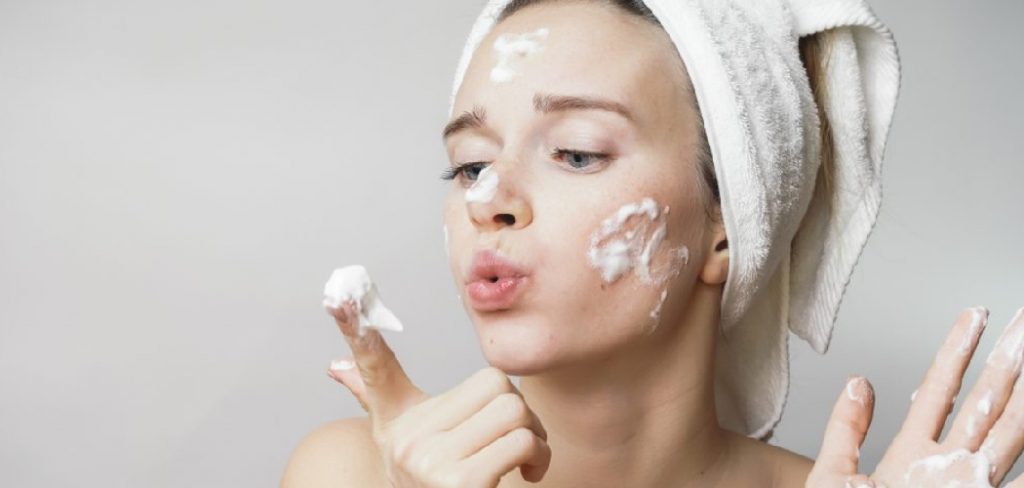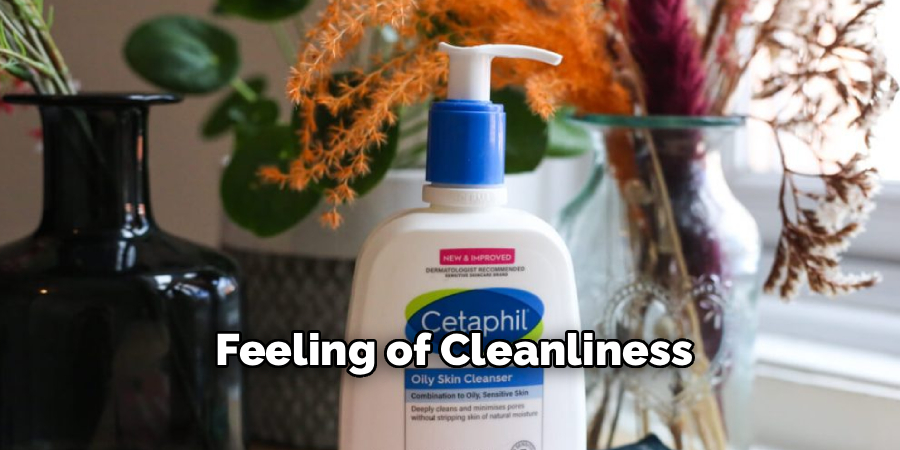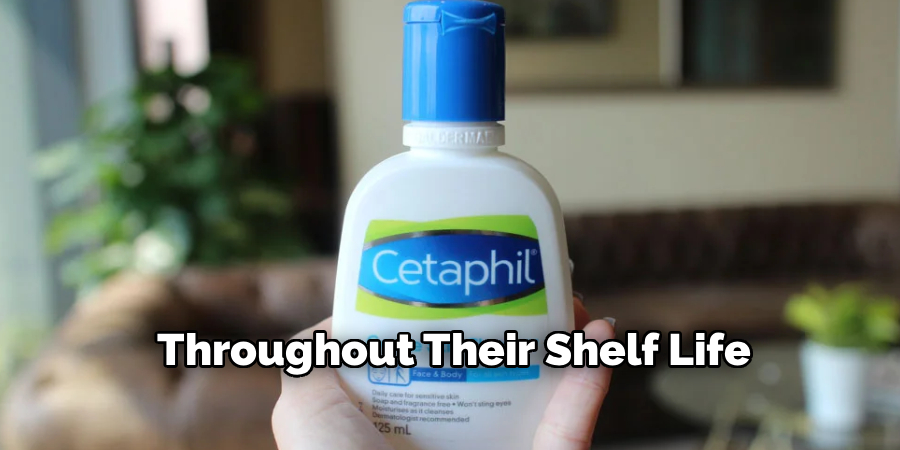Learning how to use Cetaphil correctly can transform your skincare routine and help address common concerns like dryness, sensitivity, and irritation. Whether you’re dealing with eczema, rosacea, or simply want a reliable daily cleanser, Cetaphil’s dermatologist-recommended formulas offer gentle yet effective solutions for the whole family.

This comprehensive guide will walk you through selecting the right Cetaphil products for your skin type and incorporating them into an effective daily routine. From proper application techniques to maximizing product benefits, you’ll discover how these gentle formulations can help maintain healthy, comfortable skin. With the right approach, Cetaphil can become the foundation of a simple, effective skincare regimen that works for years to come.
Why Understanding Proper Cetaphil Usage Matters
Proper application of Cetaphil products ensures you receive maximum benefits while avoiding common mistakes that can reduce effectiveness. Many people use too much product or apply it incorrectly, leading to wasted product and suboptimal results. Understanding the correct techniques helps your skin maintain its natural protective barrier while addressing specific concerns.
Additionally, Cetaphil’s gentle formulations work best when used consistently as part of a simplified routine. Learning the proper order and timing of application prevents irritation and helps each product perform its intended function effectively.

9 Step-by-Step Guide: How to Use Cetaphil
Step 1: Choose the Right Cetaphil Product for Your Skin Type
Selecting the appropriate Cetaphil product begins with understanding your skin’s unique needs and sensitivities. The brand offers different cleansers for various skin types, including the classic Gentle Skin Cleanser for normal to dry skin, and the Daily Facial Cleanser for normal to oily skin. Those with extremely sensitive skin should consider the Pro line, which features advanced formulations for compromised skin barriers. Read ingredient lists carefully if you have known allergies or sensitivities, and consider consulting with a dermatologist if you’re unsure which product suits your needs best. Remember that your skin type may change with age, hormones, or environmental factors, so reassess your choice periodically.
Step 2: Start with Clean Hands and Lukewarm Water
Before applying any Cetaphil product, wash your hands thoroughly with soap and water to prevent transferring bacteria or dirt to your clean face. Use lukewarm water throughout your routine, as hot water can strip natural oils and cause irritation, while cold water may not effectively remove impurities or allow products to work properly. The temperature should feel neutral against your skin – neither hot nor cold. This simple preparation step is often overlooked but crucial for maintaining hygiene and ensuring your gentle cleanser can work effectively. Pat your hands dry with a clean towel before handling Cetaphil products to avoid diluting their formulations unnecessarily.
Step 3: Apply Your Gentle Cleanser Using Proper Technique
How to use Cetaphil cleansers effectively requires understanding their unique no-rinse formula, though rinsing is also an option based on your preference. Dispense a small amount of cleanser into your palm – typically a quarter-size amount is sufficient for your entire face. Gently massage the product onto dry or slightly damp skin using circular motions, paying attention to areas where dirt and oil accumulate like the T-zone. The gentle formula works without harsh scrubbing, so use light pressure to avoid irritating sensitive skin. You can either tissue off the cleanser for the traditional no-rinse method or rinse with lukewarm water if you prefer that feeling of cleanliness.

Step 4: Pat Your Skin Dry with a Soft, Clean Towel
After cleansing, gently pat your skin dry with a clean, soft towel rather than rubbing vigorously. Aggressive towel drying can cause micro-tears in the skin and lead to irritation, especially when dealing with sensitive skin conditions. Leave your skin slightly damp, as this residual moisture will help your hydrating lotion absorb more effectively in the next step. Use a designated face towel that’s washed regularly to prevent bacterial buildup, and avoid sharing towels with others to maintain proper hygiene. The patting motion should be gentle and thorough, removing excess water while preserving your skin’s natural moisture and the benefits of your gentle cleanser.
Step 5: Apply Cetaphil Moisturizer While Skin Is Still Slightly Damp
Timing is crucial when applying your dermatologist-recommended moisturizer for optimal absorption and effectiveness. While your skin retains slight dampness from cleansing, apply your chosen Cetaphil moisturizer using upward, gentle strokes. The Daily Facial Moisturizer works well for normal skin, while the Moisturizing Cream provides extra hydration for dry or very dry skin types. Start with a small amount and add more if needed – it’s easier to apply additional product than to remove excess. Focus on areas prone to dryness like the cheeks and forehead, but don’t neglect your neck and the delicate area around your eyes where appropriate Cetaphil formulations are safe to use.
Step 6: Establish Consistent Morning and Evening Routines
Creating separate daily skincare routines for morning and evening helps address your skin’s different needs throughout the day. Your morning routine should focus on gentle cleansing, moisturizing, and protection, while evening routines can be slightly more thorough to remove the day’s accumulation of pollutants and sebum. How to use Cetaphil products effectively requires consistency – aim to perform your routine at roughly the same times each day to help your skin establish a healthy rhythm. Evening cleansing is particularly important for removing makeup, sunscreen, and environmental pollutants that can clog pores and cause irritation if left on overnight.
Step 7: Monitor Your Skin’s Response and Adjust as Needed
Pay close attention to how your sensitive skin responds during the first few weeks of using Cetaphil products, noting any improvements in texture, comfort, or appearance. Some people may experience a brief adjustment period as their skin adapts to new products, but persistent irritation or worsening conditions should prompt reevaluation of your routine. Keep a simple skin journal to track changes, weather conditions, and any other factors that might influence your skin’s behavior. If you notice positive changes, continue your routine consistently. If problems arise, consider switching to an even gentler Cetaphil formula or reducing application frequency until your skin adjusts to the new regimen.

Step 8: Integrate Sun Protection During Your Morning Routine
While Cetaphil focuses primarily on cleansing and moisturizing, protecting your skin from UV damage is essential for maintaining the health improvements you’ve achieved. Apply a broad-spectrum sunscreen with at least SPF 30 as the final step in your morning routine, allowing your Cetaphil moisturizer to absorb first. Some Cetaphil products include SPF, which can simplify your routine while providing necessary protection. Reapply sunscreen throughout the day, especially if you’re outdoors or near windows where UV rays can still reach your skin. This protective step helps prevent the sun damage that can undo the positive effects of your gentle, consistent Cetaphil routine.
Step 9: Maintain Product Hygiene and Storage
Proper storage and handling of your Cetaphil products ensures they remain effective and free from contamination throughout their shelf life. Store products in a cool, dry place away from direct sunlight and extreme temperatures that can alter their formulations. Always replace caps tightly after use and avoid introducing water into product containers, which can promote bacterial growth. Use clean hands when dispensing products, and never share personal skincare items with others to prevent cross-contamination. Check expiration dates regularly and replace products as needed – expired products may lose effectiveness or potentially cause irritation even in gentle formulations like Cetaphil’s dermatologist-recommended range.

Frequently Asked Questions
Can I Use Cetaphil Products Every Day?
Yes, Cetaphil products are specifically formulated for daily use and are gentle enough for twice-daily application. The brand’s mild, non-irritating formulas are designed to maintain your skin’s natural protective barrier with regular use. In fact, consistency is key to seeing the best results from any skincare routine. However, if you experience any irritation when starting a new routine, you can begin with once-daily use and gradually increase frequency as your skin adjusts.
Is Cetaphil Suitable for All Ages?
Cetaphil is safe and effective for all ages, from infants to seniors. The gentle formulations make them particularly suitable for children’s delicate skin and older adults who may experience increased sensitivity. The brand offers specific products for babies and children, such as Baby Gentle Wash, which are specially formulated for developing skin. Always supervise young children during use and consult with a pediatrician if you have concerns about specific skin conditions or reactions.
Do I Need to Rinse Cetaphil Cleanser?
Cetaphil’s signature Gentle Skin Cleanser can be used with or without water, giving you flexibility in your routine. The traditional method involves:
- Applying to dry skin and massaging gently
- Removing with a soft cloth or tissue
- No rinsing required
However, many people prefer rinsing with lukewarm water for that “clean” feeling, which is perfectly acceptable and doesn’t reduce the product’s effectiveness.
Can I Use Cetaphil with Other Skincare Products?
Cetaphil products are generally compatible with other skincare ingredients and treatments. Their gentle, non-comedogenic formulas work well as a base routine that you can build upon with targeted treatments like retinoids, acids, or prescription medications. However, when introducing new products, add one at a time to monitor for reactions. If you’re using prescription skincare treatments, consult with your dermatologist about the best way to incorporate Cetaphil products into your regimen.
What Should I Do If I Experience Irritation?
While rare, some people may experience irritation when starting any new skincare product. If you notice redness, burning, or increased sensitivity:
- Discontinue use immediately
- Rinse the area with cool water if irritation occurs during application
- Apply a cool, damp compress to soothe the skin
- Wait for irritation to subside before trying any products again
- Consider patch testing on a small area before full face application
If irritation persists or worsens, consult a dermatologist for professional guidance.

Conclusion
Mastering how to use Cetaphil creates a gentle, effective foundation for healthy skin that can last a lifetime. These dermatologist-recommended products offer a simple approach to skincare that works for virtually all skin types, including the most sensitive. By following proper application techniques and maintaining consistency, you’ll help your skin maintain its natural protective barrier while addressing specific concerns.
Cetaphil’s philosophy of gentle effectiveness proves that simple, consistent care often delivers the best long-term results. Start your journey toward healthier, more comfortable skin today with confidence, knowing these trusted formulations have helped millions of people achieve their skincare goals safely and effectively.
About the Author
Jane Hubbard is a passionate beauty expert with a wealth of experience in makeup, hair, and overall beauty techniques. After years of working as a hairdresser specialist, she followed her entrepreneurial spirit and started her own consultancy business.
Jane has always been driven by her desire to help others feel confident in their own skin, and she does this by sharing her knowledge, experiences, and practical beauty tips. Through her consultancy, she empowers individuals to embrace their unique beauty, offering tailored guidance that boosts both self-esteem and personal style.
Professional Focus
- Specializes in makeup, hairstyling, and beauty consulting.
- Provides personalized beauty advice, tips, and techniques to help individuals feel confident in their appearance.
- Dedicated to staying up-to-date with the latest industry trends and developments.
- Passionate about creating a comfortable and empowering experience for every client.
Education History
- University of Craft and Design – Bachelor of Fine Arts (BFA) in Woodworking and Furniture Design
- Woodworking Apprenticeships – Extensive hands-on training with skilled craftsmen to refine carpentry and furniture making techniques
- Online Courses & Masterclasses – Continued education in advanced woodworking techniques, design principles, and specialized tools
Expertise:
- Makeup artistry, hairstyling, and beauty consulting.
- Personalized beauty techniques to enhance confidence and self-expression.
- Educating clients on how to maintain their beauty routines at home.
